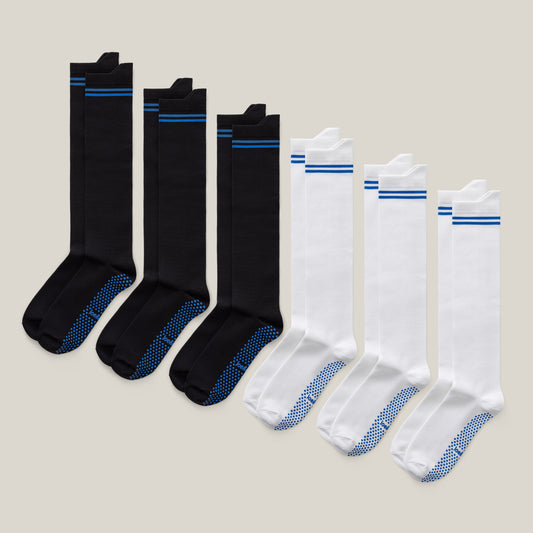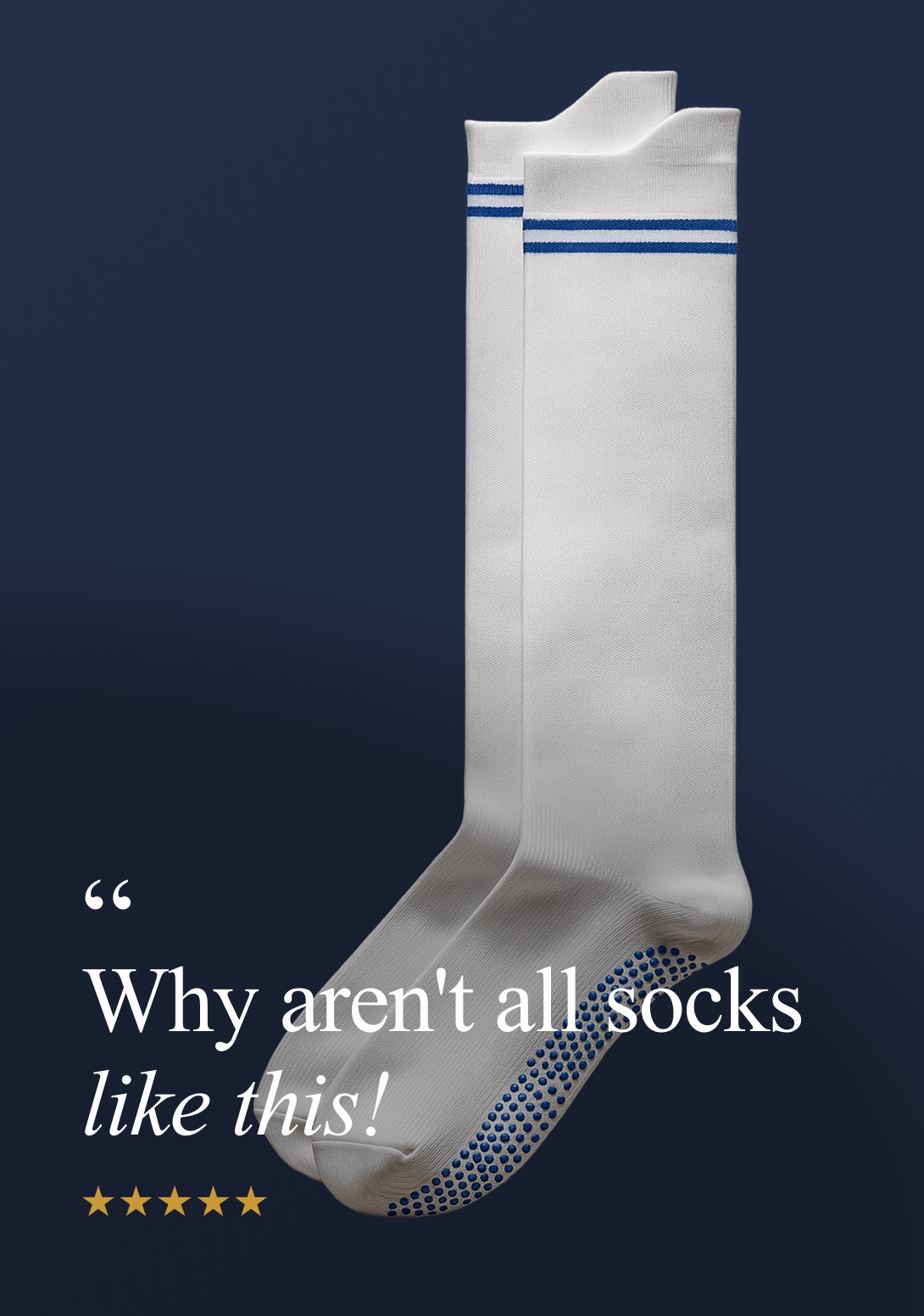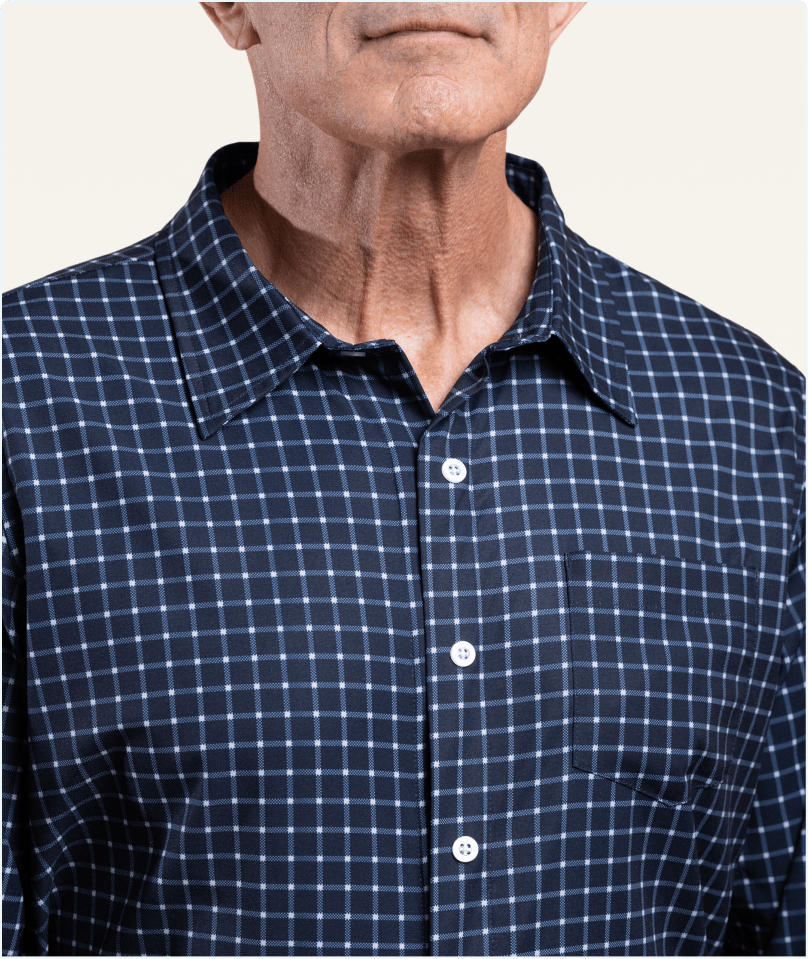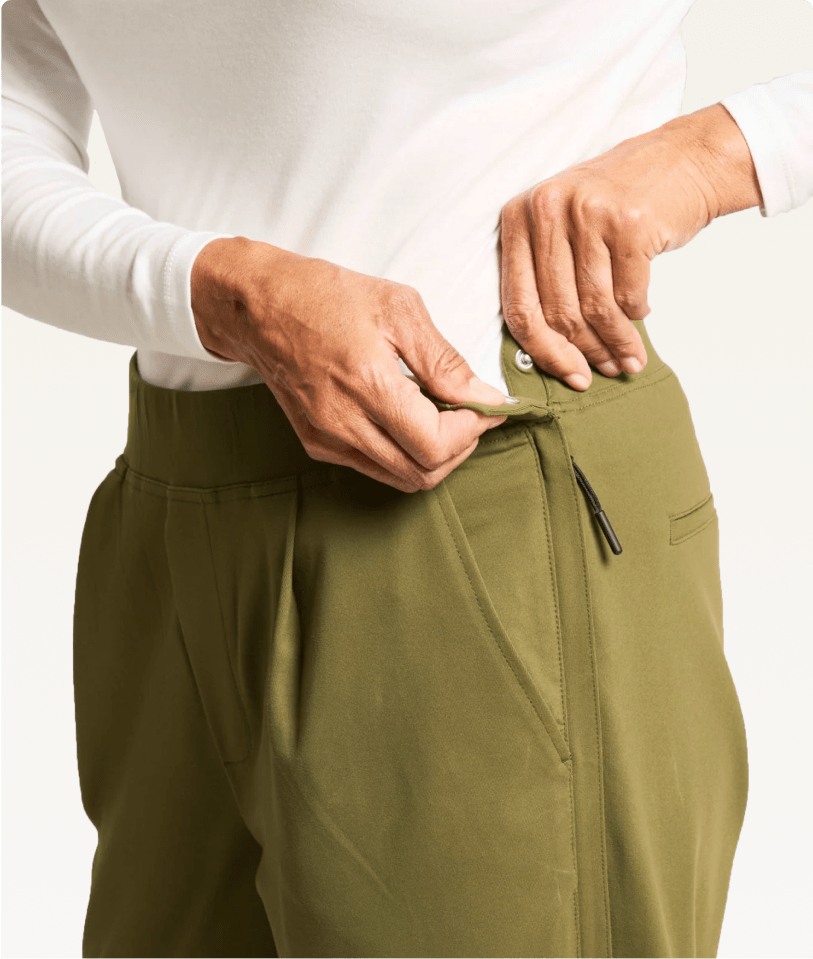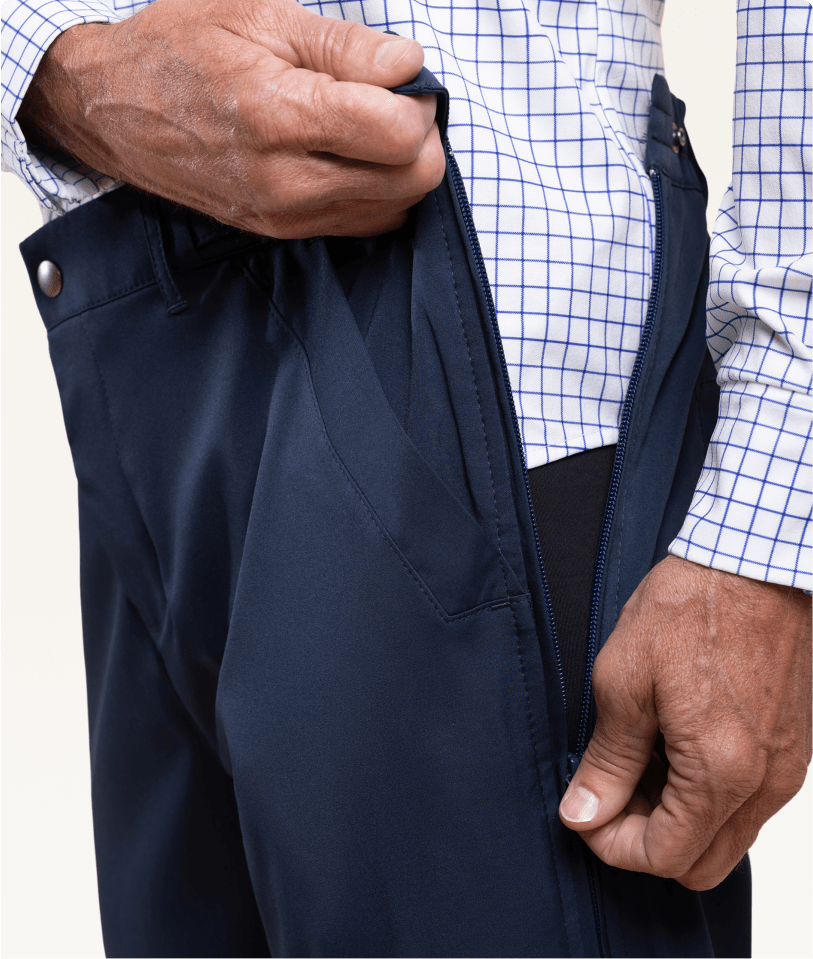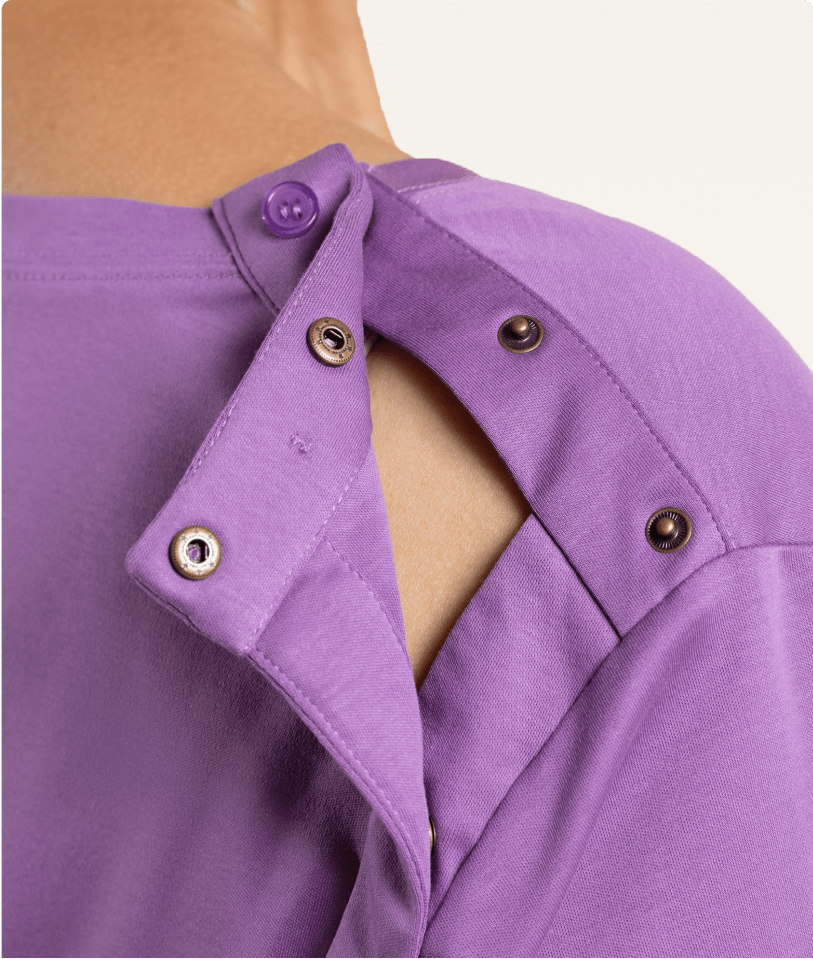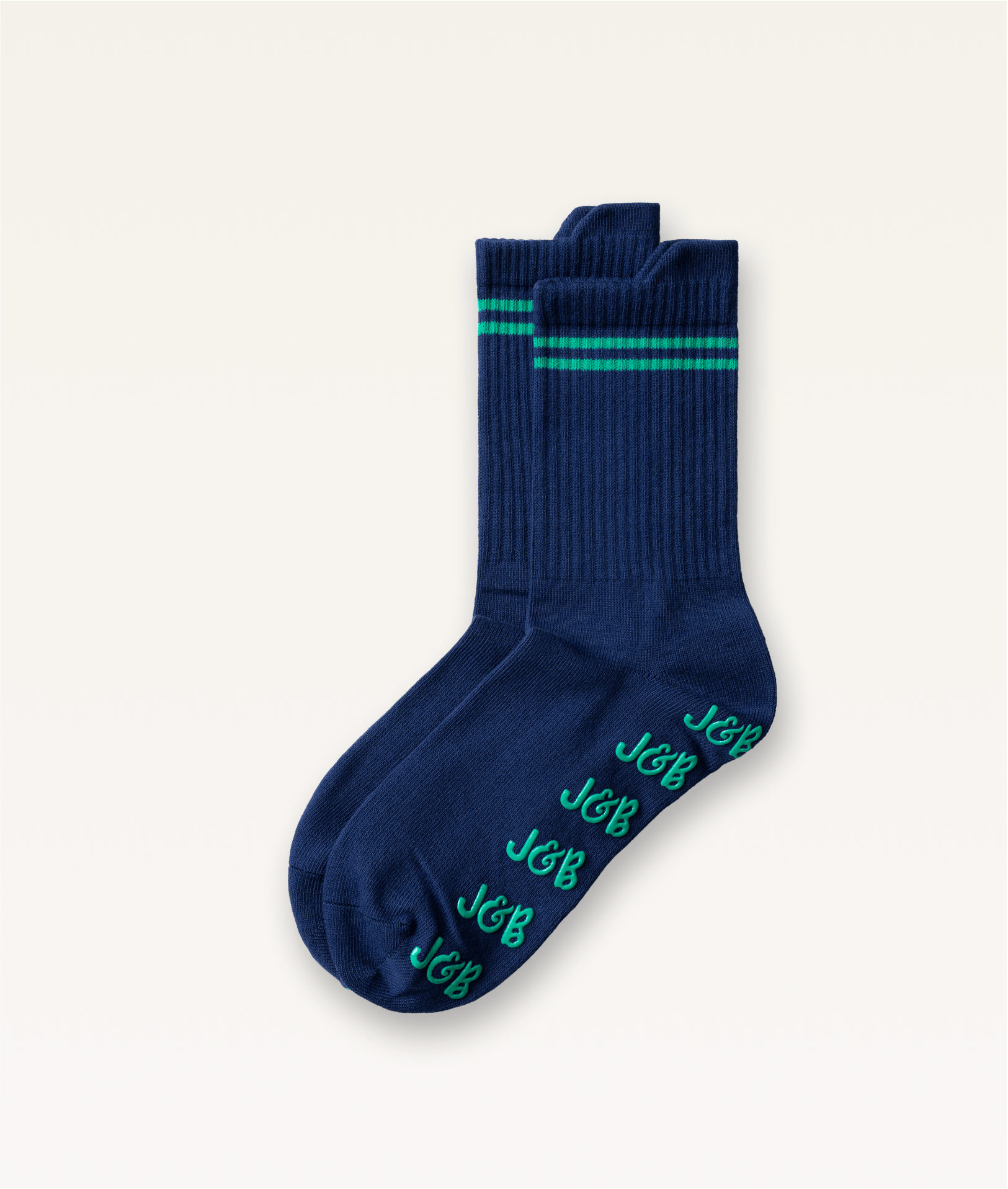-
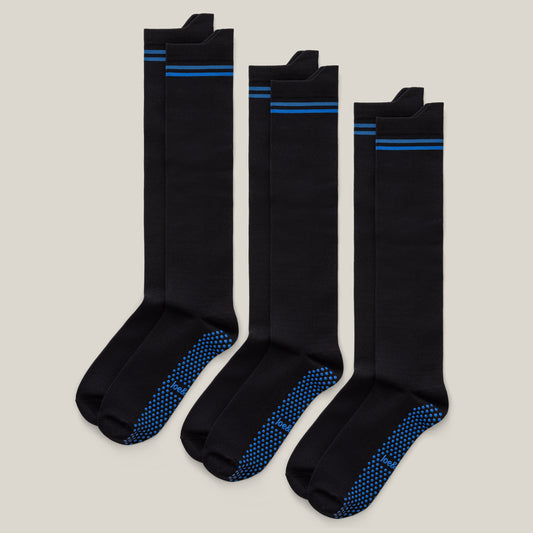 19% OffRegular price $44Regular priceUnit price per
19% OffRegular price $44Regular priceUnit price per$54Sale price $4419% Off
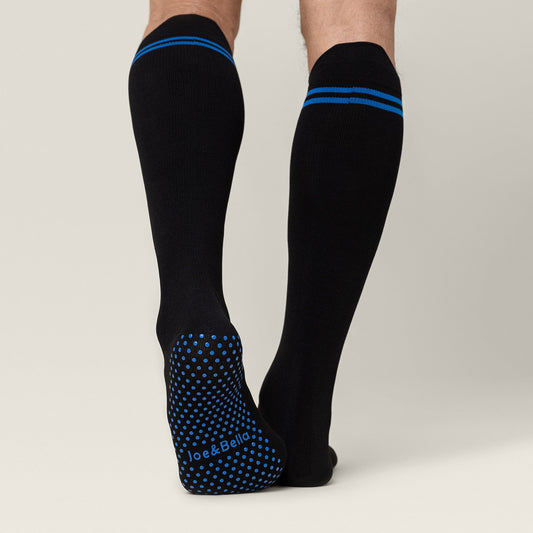
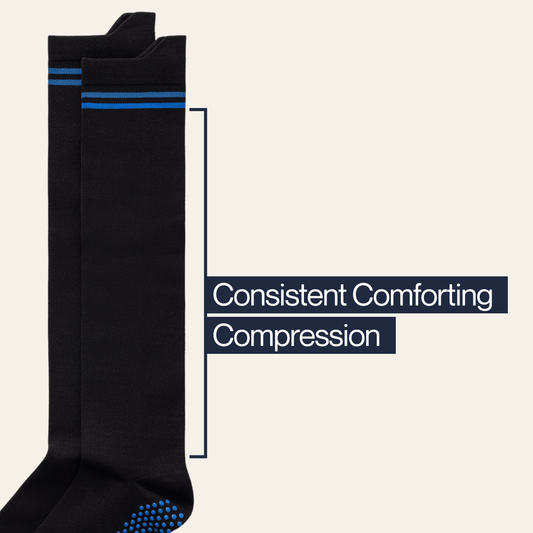

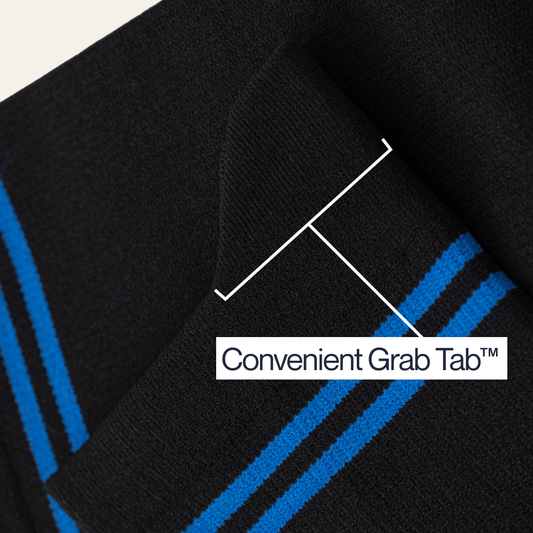
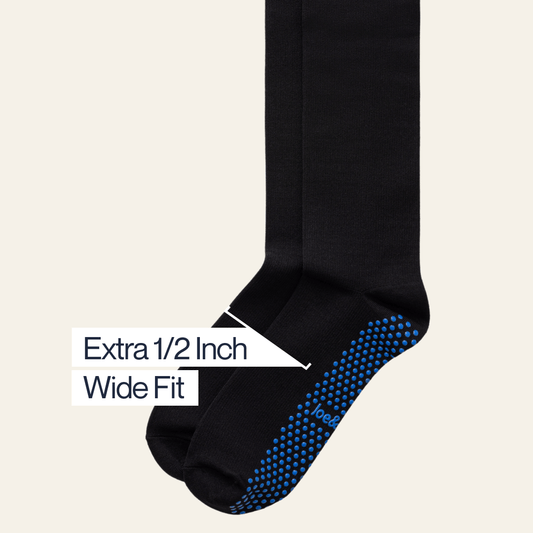
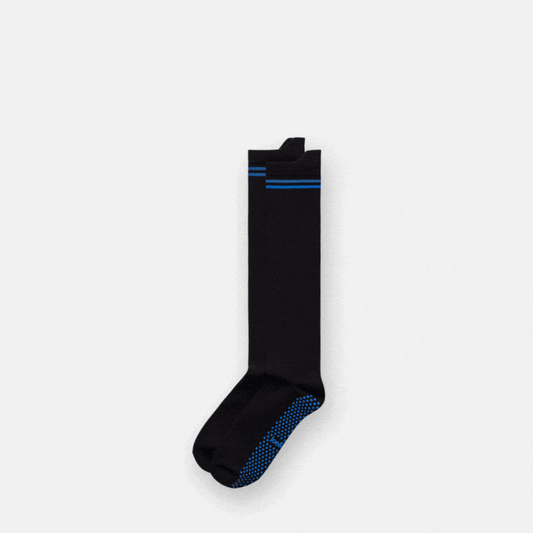
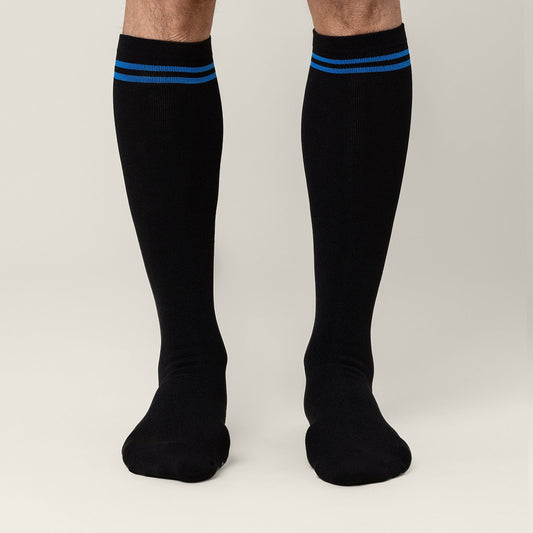
Big-Grip No-Slip Compression Socks: 3-Pack
Sale Sold outRegular price $44Regular priceUnit price per$54Sale price $44Only 31 left in stock — don’t miss out!
View Full Product DetailsCouldn't load pickup availability
-
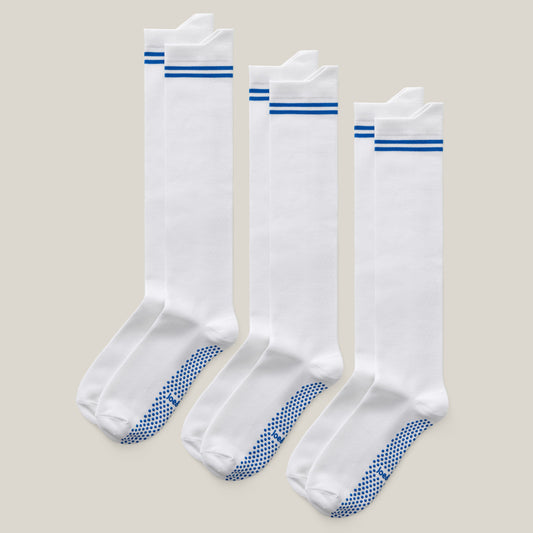 19% OffRegular price $44Regular priceUnit price per
19% OffRegular price $44Regular priceUnit price per$54Sale price $4419% Off
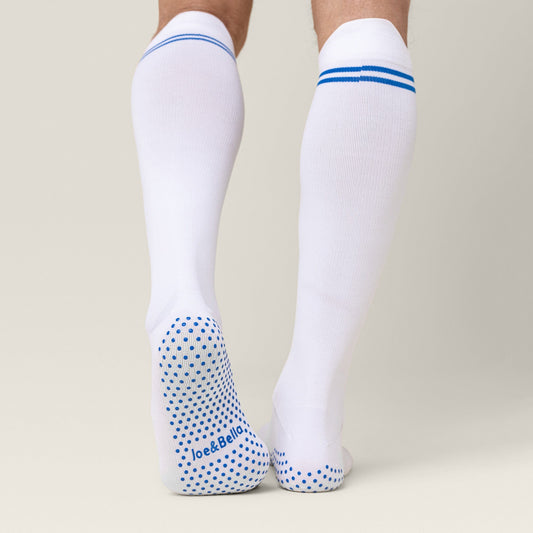
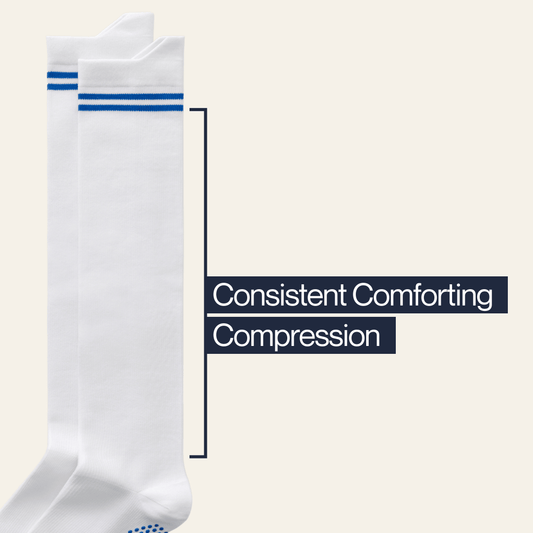
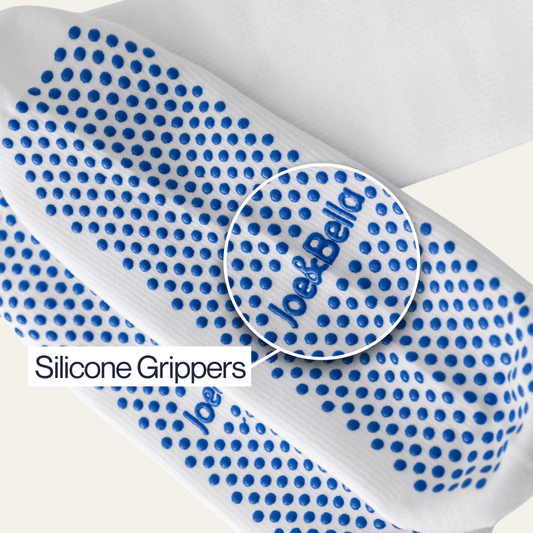

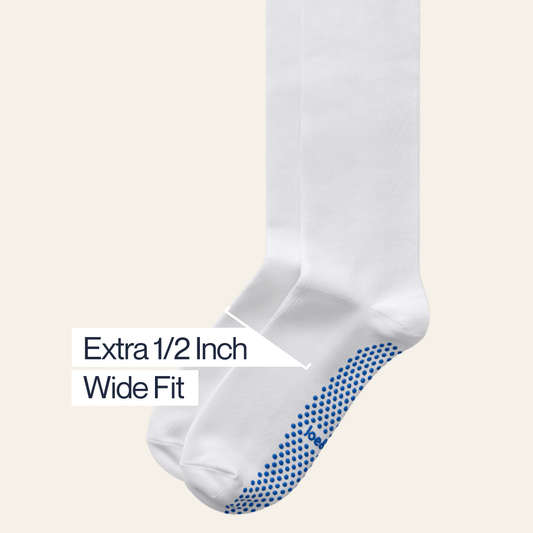
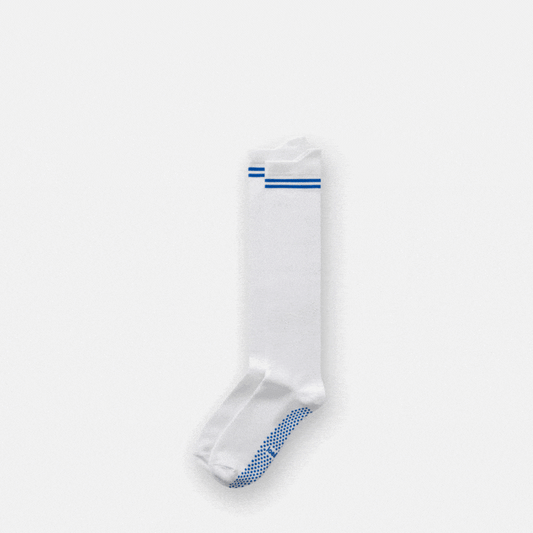
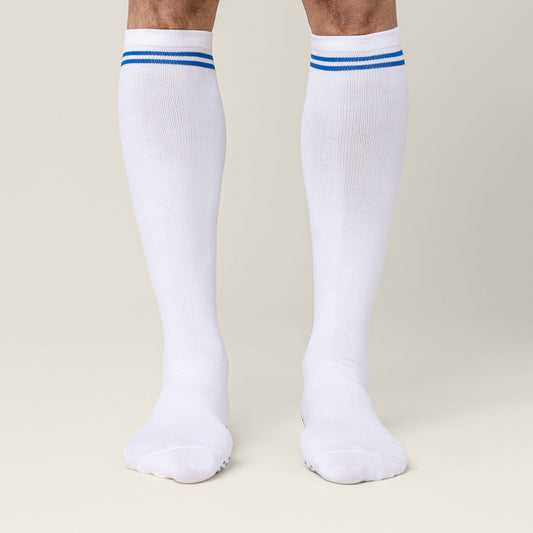
Big-Grip No-Slip Compression Socks: 3-Pack
Sale Sold outRegular price $44Regular priceUnit price per$54Sale price $44Only 31 left in stock — don’t miss out!
View Full Product DetailsCouldn't load pickup availability
-
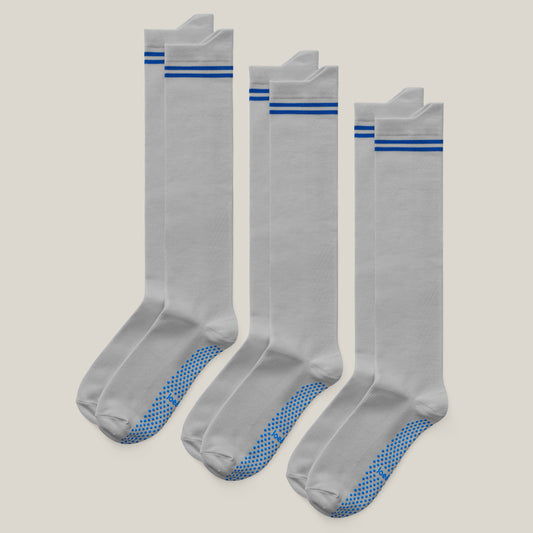 19% OffRegular price $44Regular priceUnit price per
19% OffRegular price $44Regular priceUnit price per$54Sale price $4419% Off
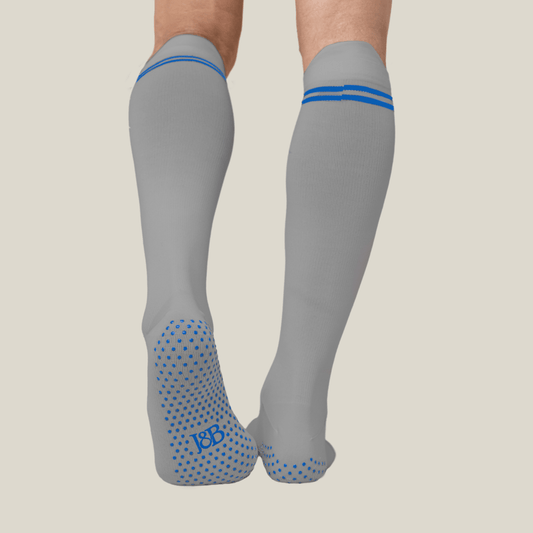
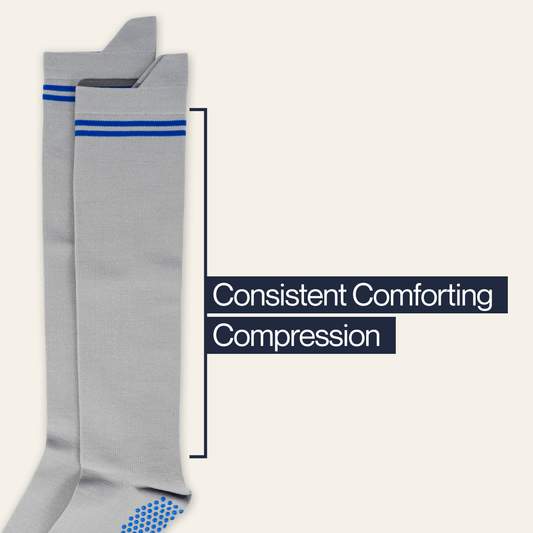
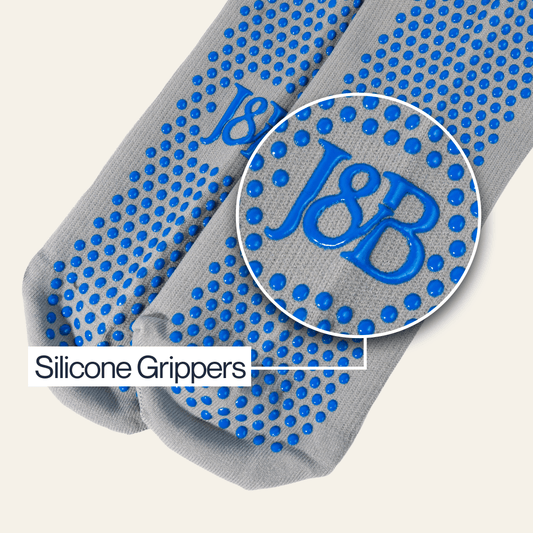
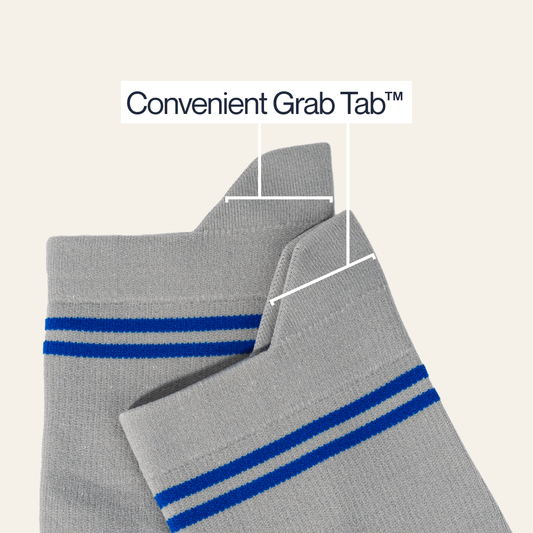
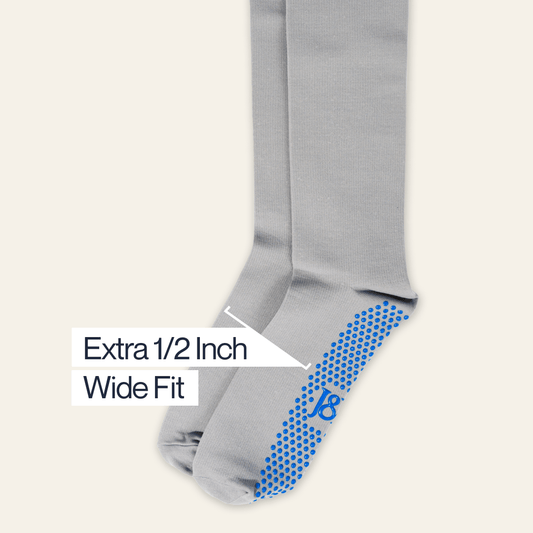
Big-Grip No-Slip Compression Socks: 3-Pack
Sale Sold outRegular price $44Regular priceUnit price per$54Sale price $44Only 31 left in stock — don’t miss out!
View Full Product DetailsCouldn't load pickup availability
-
 19% OffRegular price $44Regular priceUnit price per
19% OffRegular price $44Regular priceUnit price per$54Sale price $4419% Off
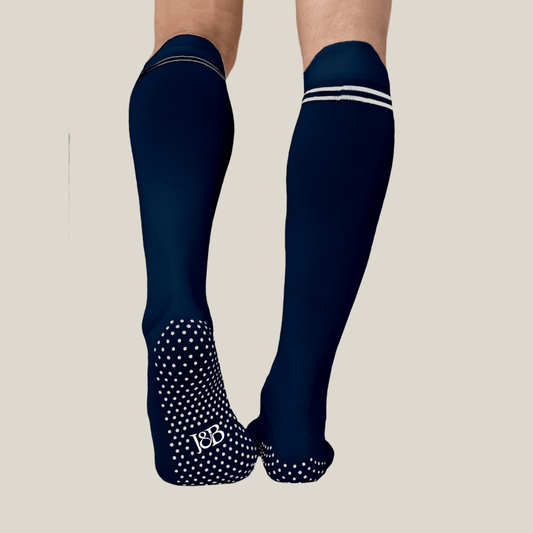
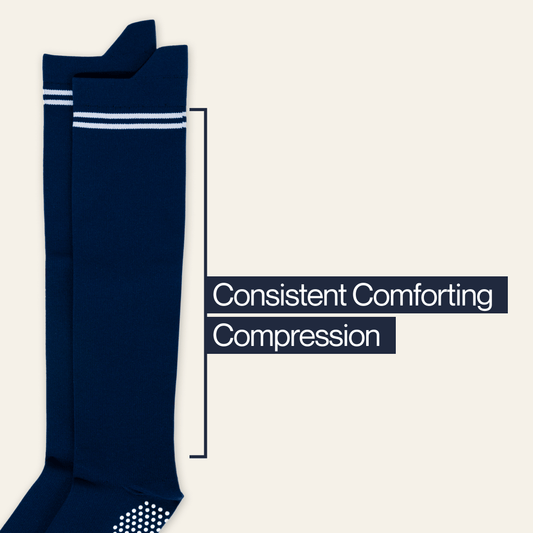
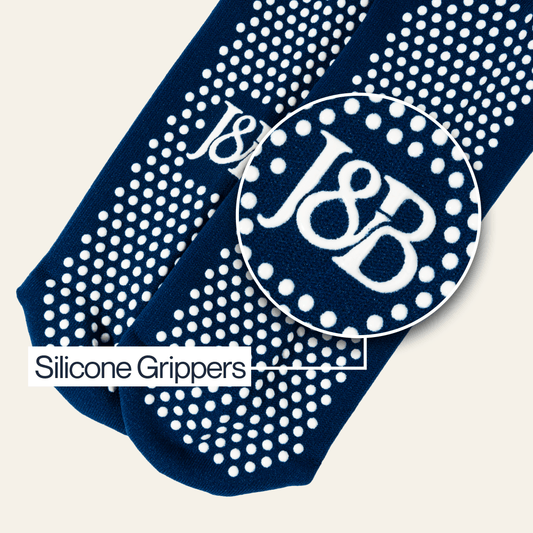
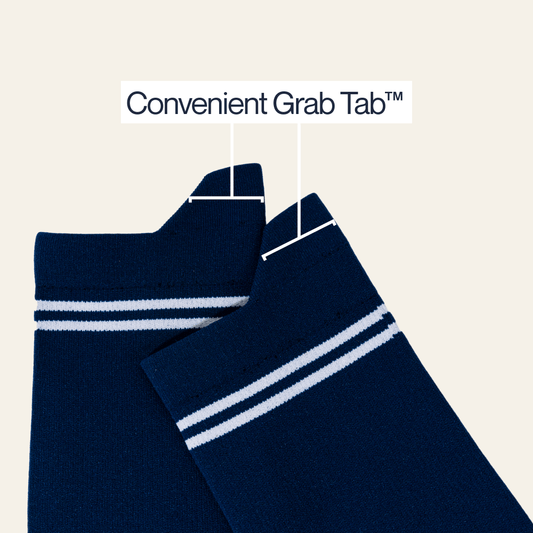
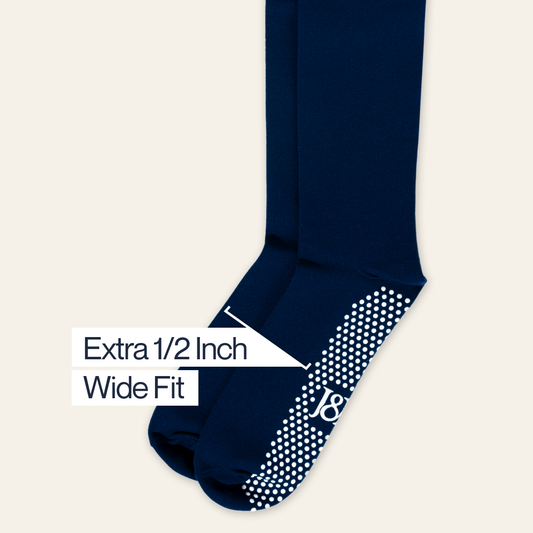
Big-Grip No-Slip Compression Socks: 3-Pack
Sale Sold outRegular price $44Regular priceUnit price per$54Sale price $44Only 31 left in stock — don’t miss out!
View Full Product DetailsCouldn't load pickup availability
-
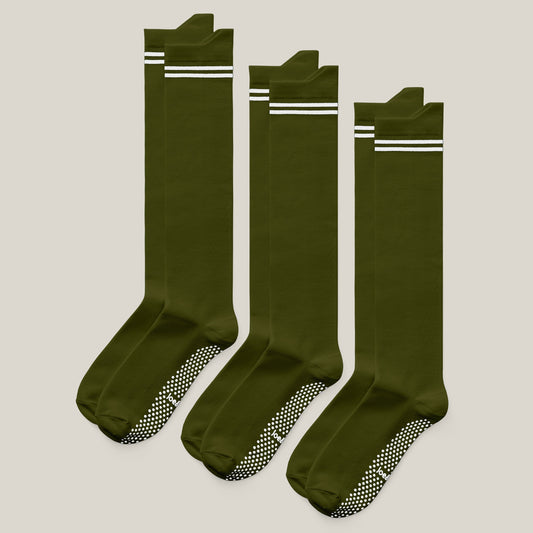 19% OffRegular price $44Regular priceUnit price per
19% OffRegular price $44Regular priceUnit price per$54Sale price $4419% Off
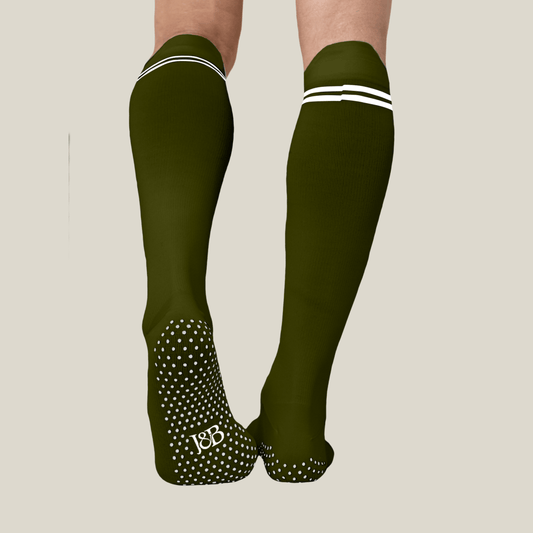
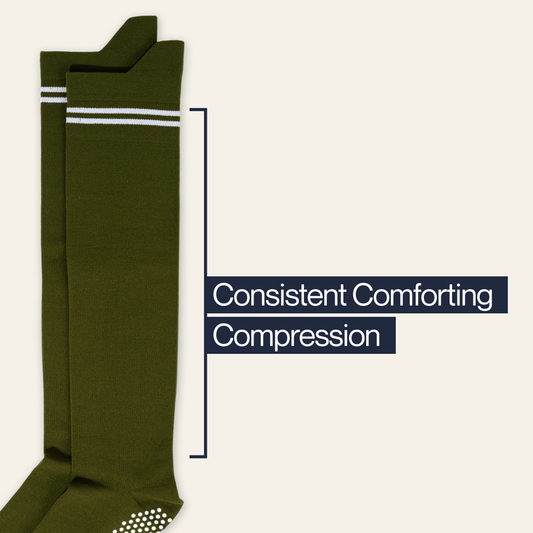
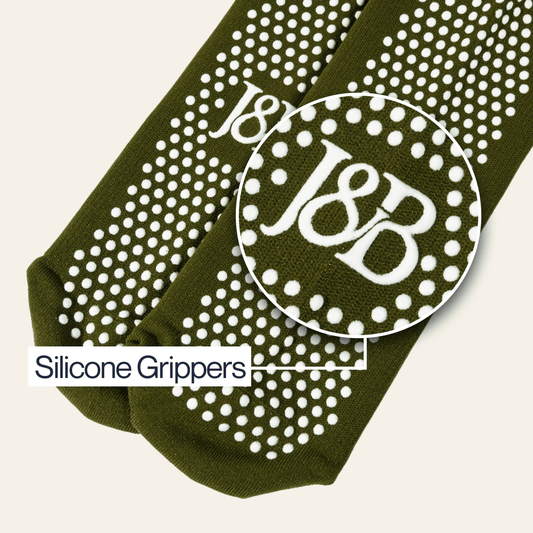
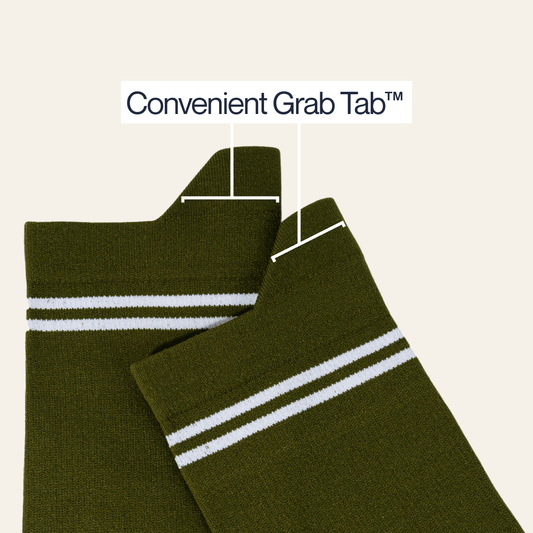
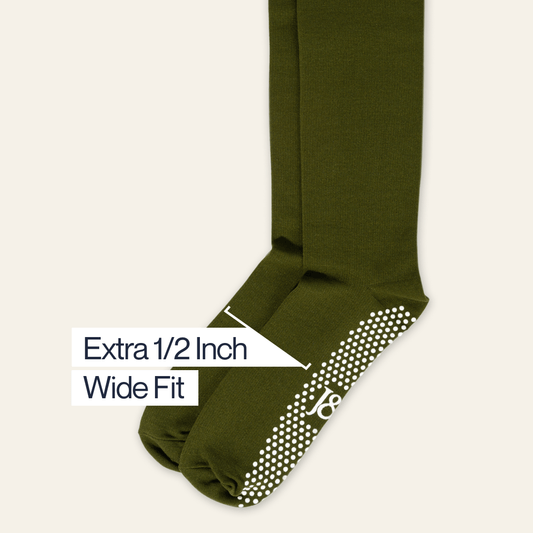
Big-Grip No-Slip Compression Socks: 3-Pack
Sale Sold outRegular price $44Regular priceUnit price per$54Sale price $44Only 31 left in stock — don’t miss out!
View Full Product DetailsCouldn't load pickup availability
-
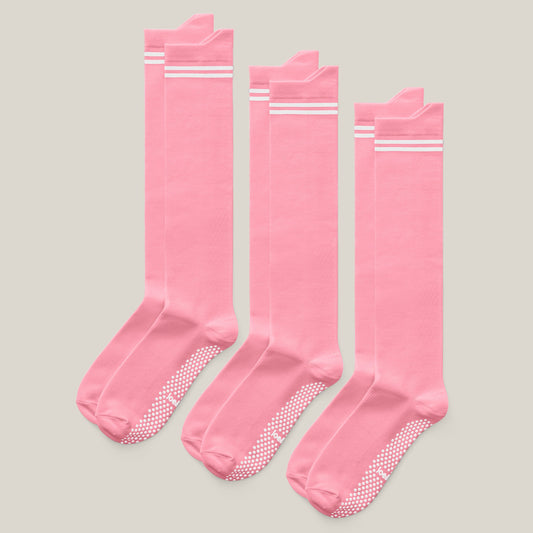 19% OffRegular price $44Regular priceUnit price per
19% OffRegular price $44Regular priceUnit price per$54Sale price $4419% Off
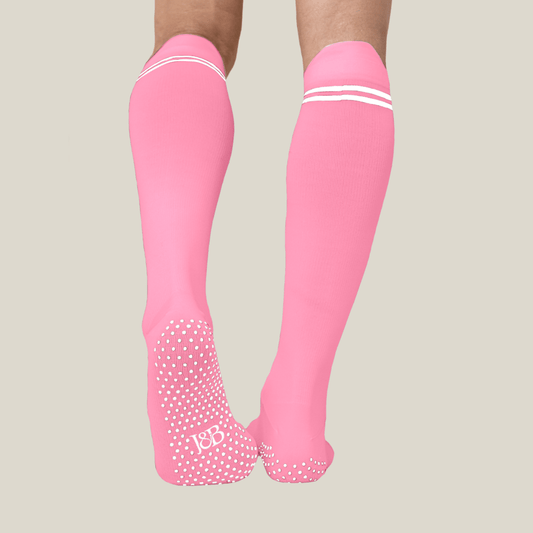
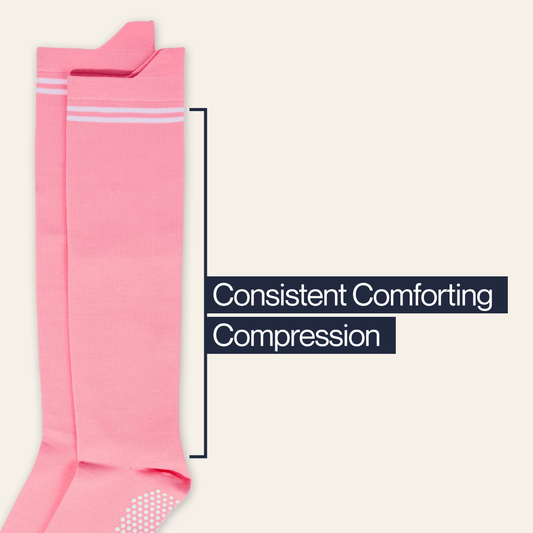

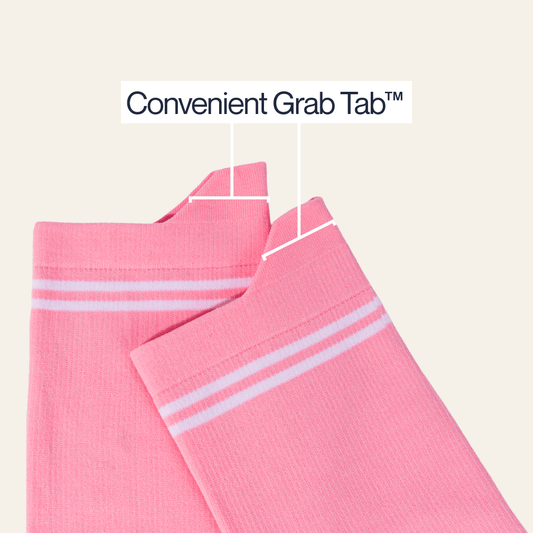
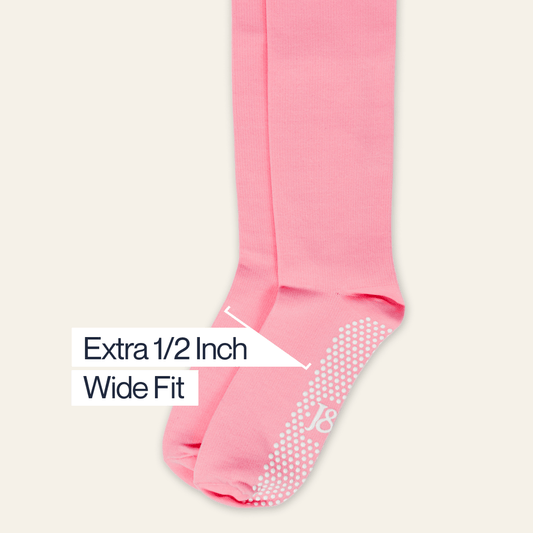
Big-Grip No-Slip Compression Socks: 3-Pack
Sale Sold outRegular price $44Regular priceUnit price per$54Sale price $44Only 31 left in stock — don’t miss out!
View Full Product DetailsCouldn't load pickup availability
-
 Regular price $54Regular priceUnit price per
Regular price $54Regular priceUnit price per$54Sale price $540% Off
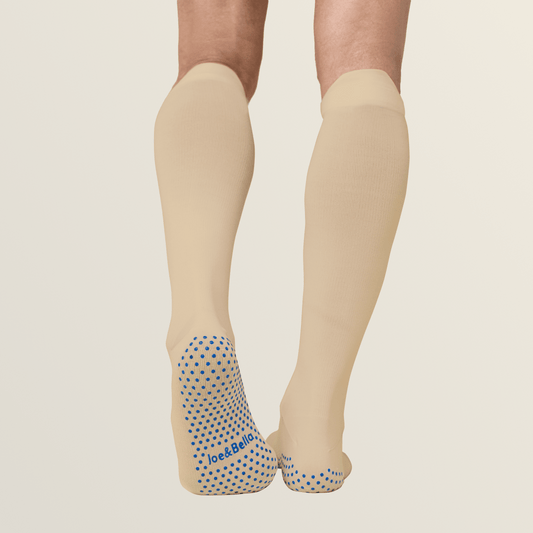
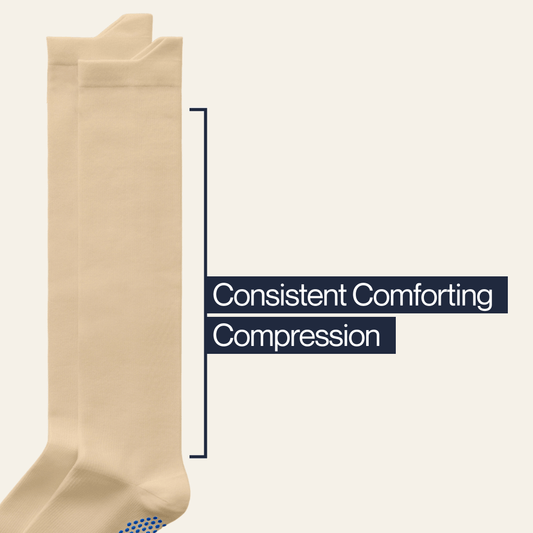
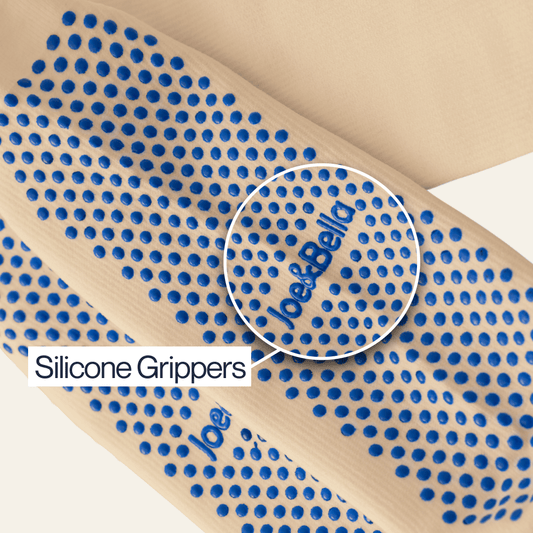
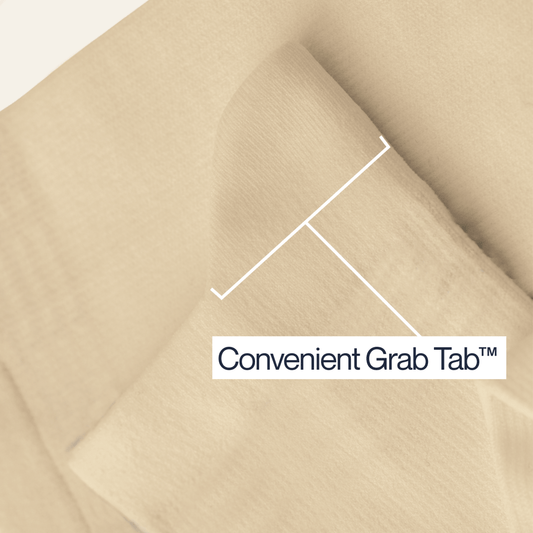
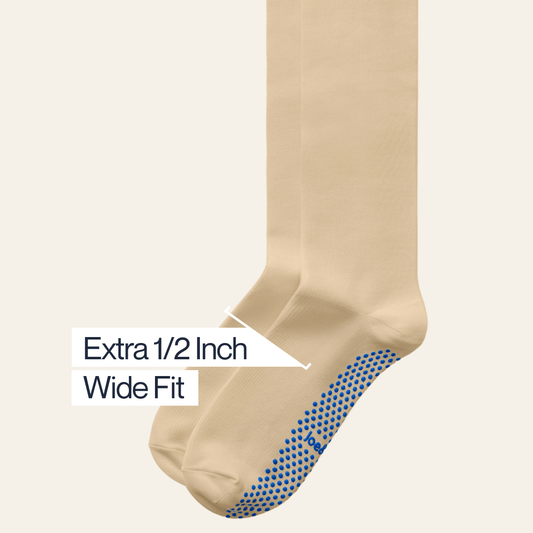
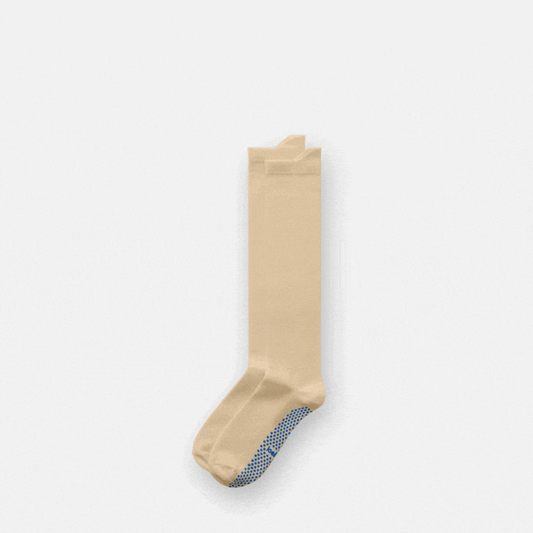
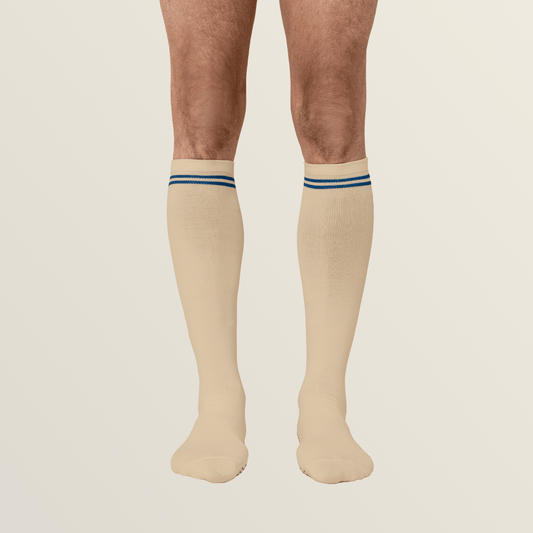
Big-Grip No-Slip Compression Socks: 3-Pack
Sale Sold outRegular price $44Regular priceUnit price per$54Sale price $44Only 31 left in stock — don’t miss out!
View Full Product DetailsCouldn't load pickup availability
-
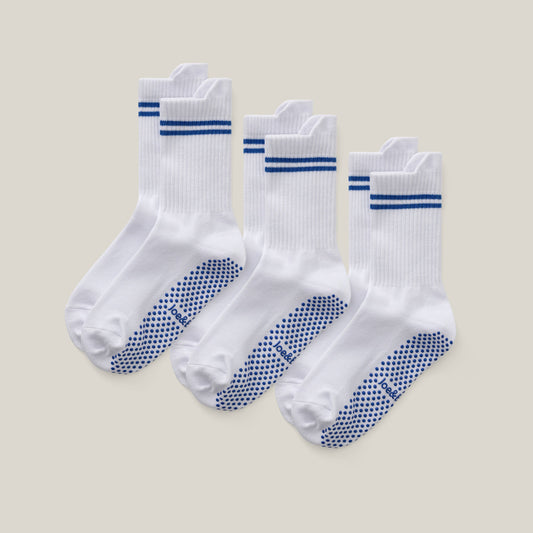 23% OffRegular price $34Regular priceUnit price per
23% OffRegular price $34Regular priceUnit price per$44Sale price $3423% Off
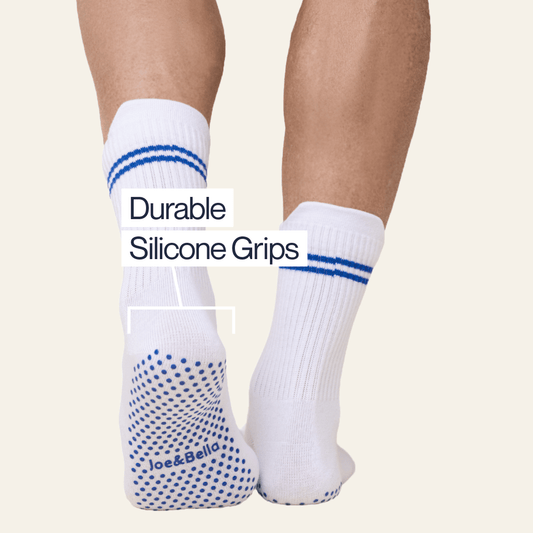
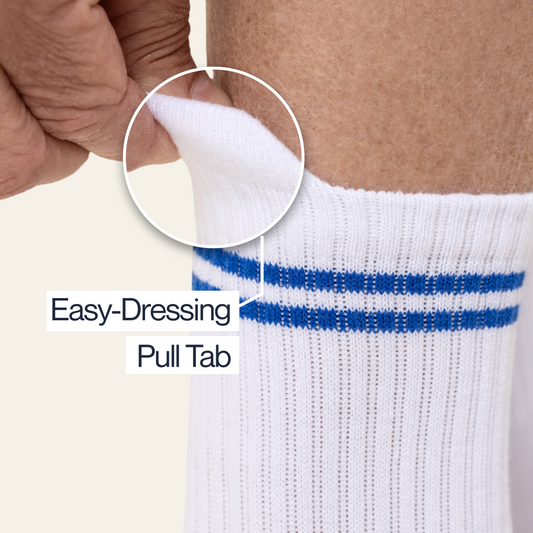
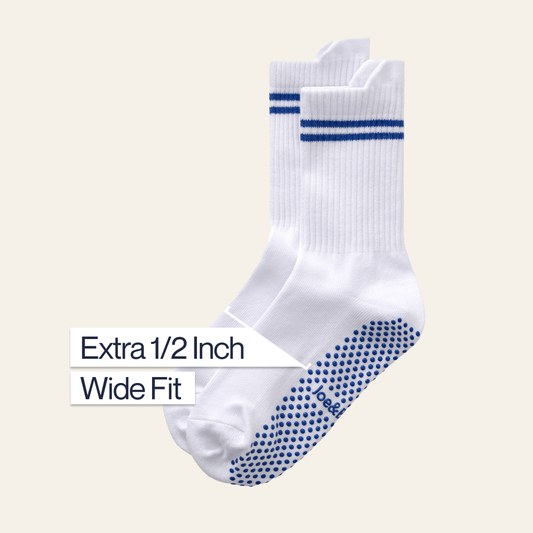
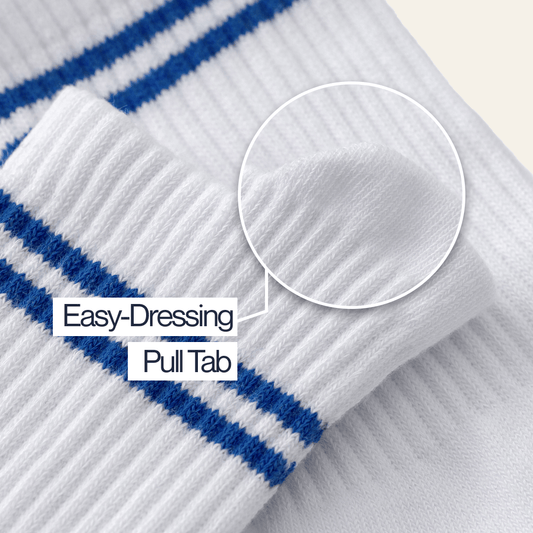

Gripper Socks 3-Pack
Sale Sold outRegular price $34Regular priceUnit price per$44Sale price $34Only 18 left in stock — don’t miss out!
View Full Product DetailsCouldn't load pickup availability
-
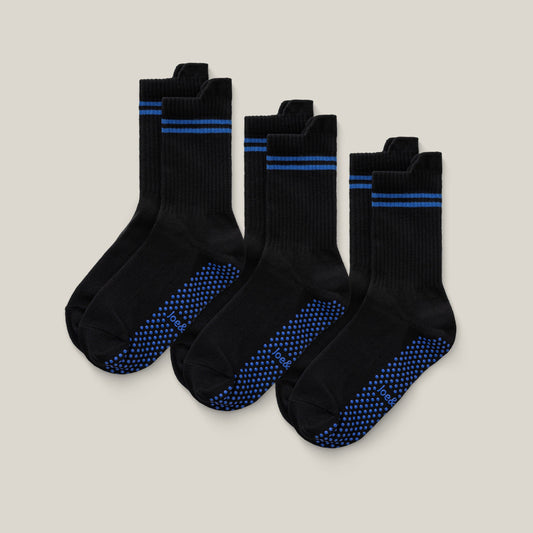 Regular price $44Regular priceUnit price per
Regular price $44Regular priceUnit price per$44Sale price $440% Off
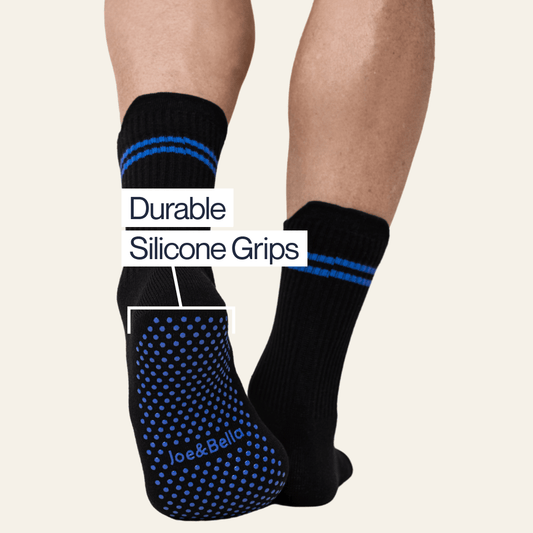
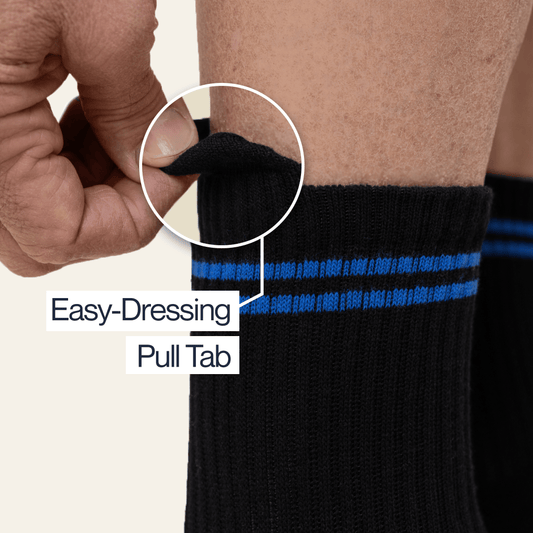
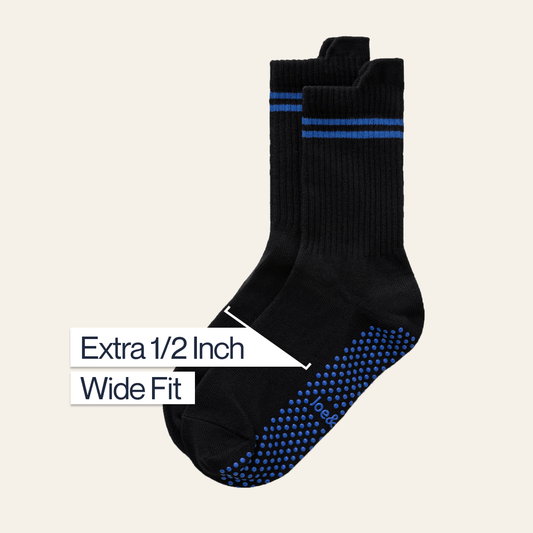
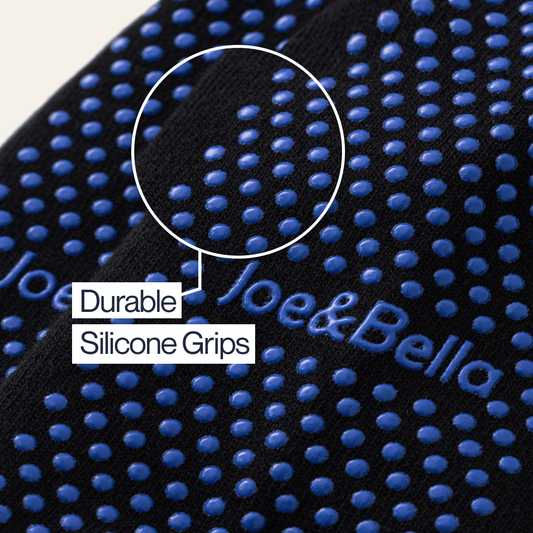
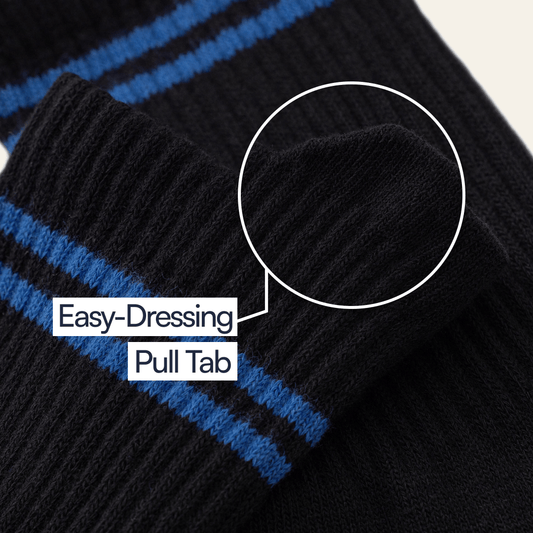
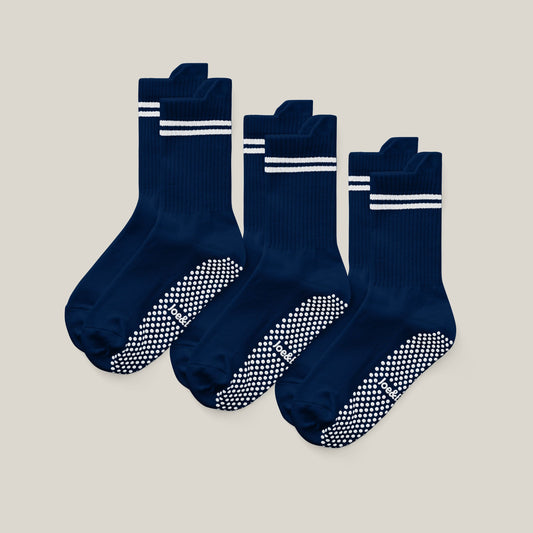

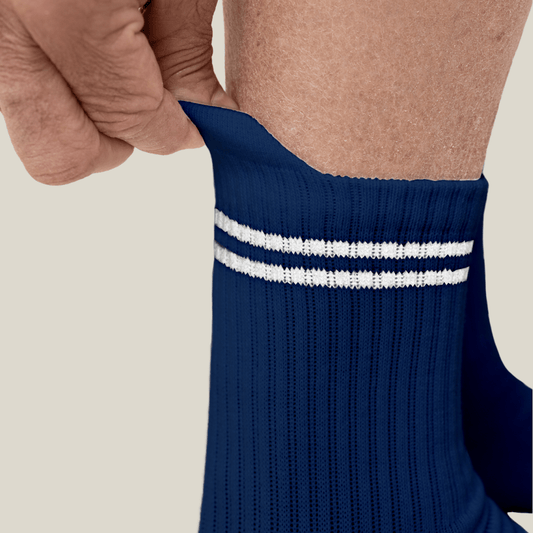
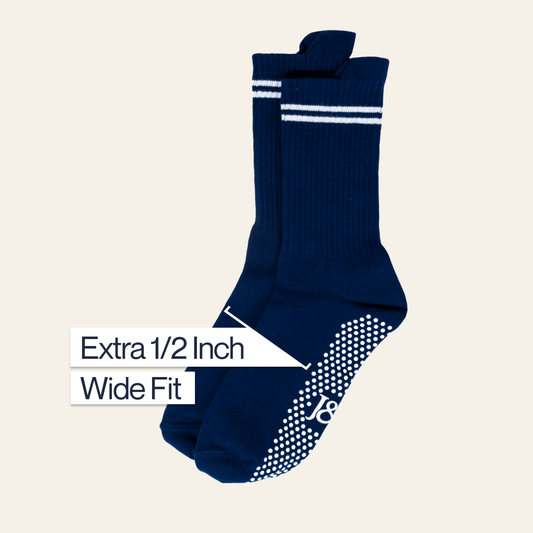
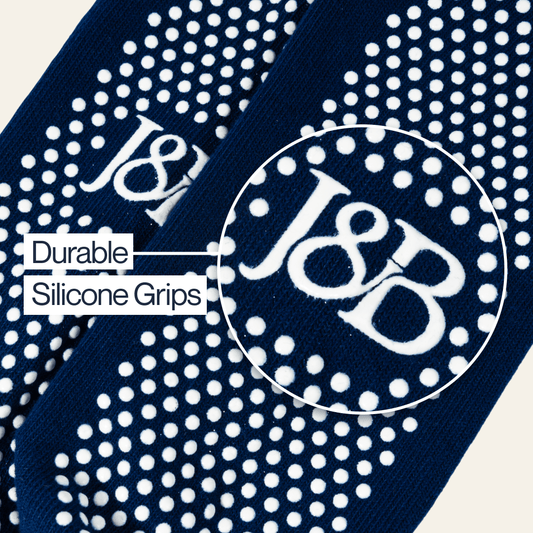
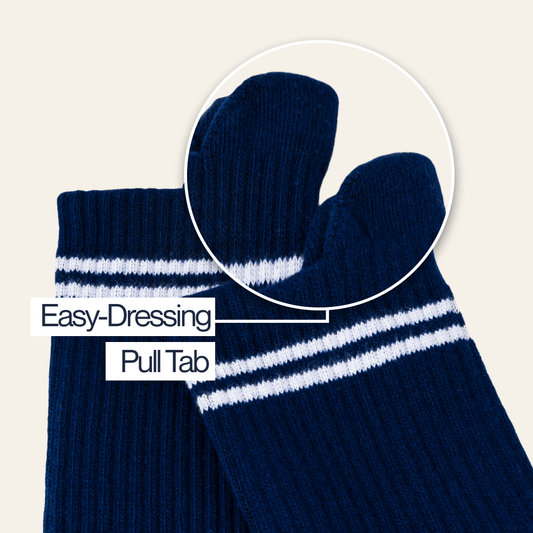
Gripper Socks 3-Pack
Sale Sold outRegular price $34Regular priceUnit price per$44Sale price $34Only 18 left in stock — don’t miss out!
View Full Product DetailsCouldn't load pickup availability
-
 Regular price $44Regular priceUnit price per
Regular price $44Regular priceUnit price per$44Sale price $440% Off
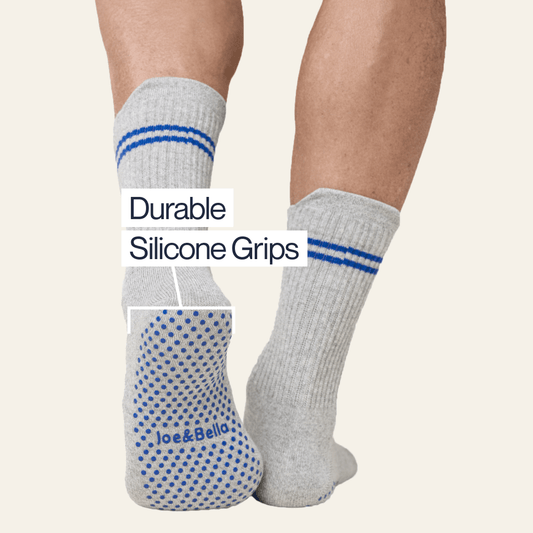
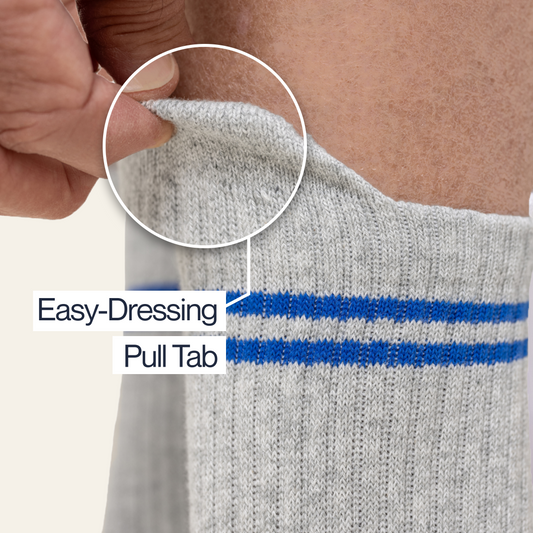
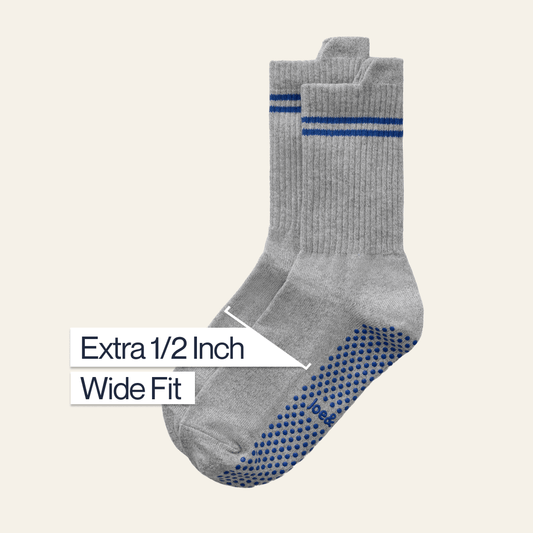
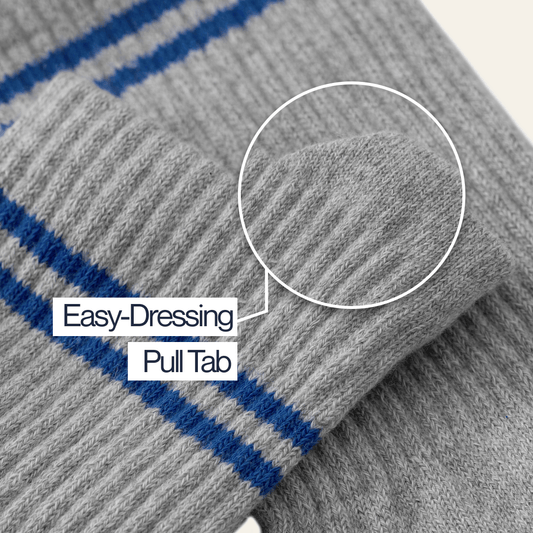
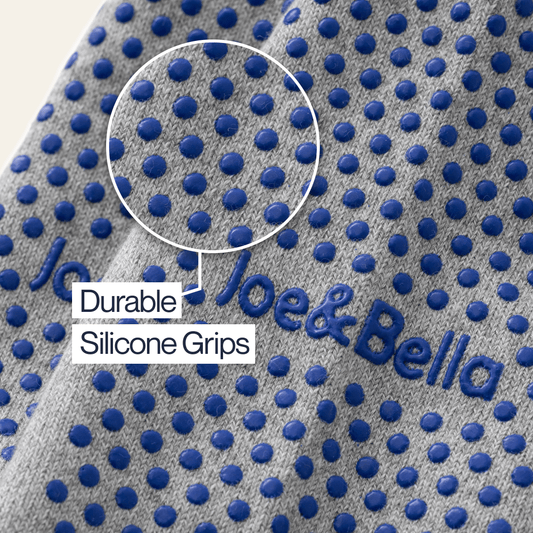
Gripper Socks 3-Pack
Sale Sold outRegular price $34Regular priceUnit price per$44Sale price $34Only 18 left in stock — don’t miss out!
View Full Product DetailsCouldn't load pickup availability
-
 Regular price $44Regular priceUnit price per
Regular price $44Regular priceUnit price per$44Sale price $440% Off





Gripper Socks 3-Pack
Sale Sold outRegular price $34Regular priceUnit price per$44Sale price $34Only 18 left in stock — don’t miss out!
View Full Product DetailsCouldn't load pickup availability
-
Big-Grip No-Slip Compression Socks: 3-Pack
Regular price $44Regular priceUnit price per$54Sale price $4419% Off -
 23% Off
23% Off
At Joe & Bella, we understand the importance of comfort and safety, especially for seniors and people with mobility challenges. This is why we specially designed hospital-grade compression socks to improve comfort while recovering.
Thanks to their special design, these socks help boost circulation, ease swelling, and support recovery after surgery. Moreover, they feature non-slip grips and pull tabs to make dressing simpler.
Also, our hospital compression socks pair well with our complete line of adaptive clothing, including both women's and men's options.
Explore the collection to find the perfect pair for you or your loved one.
Why Choose Hospital Compression Socks from Joe & Bella?
Hospital compression socks offer more than standard socks. They provide medical-grade compression levels, which are essential for managing chronic circulation issues and aiding post-operative recovery.
Here are other standout features of the socks in this collection.
- Big-Grip Soles—Wide, stable grippers help prevent slips on smooth floors. These double as reliable egripper socks for added safety.
- Easy-On Grab Tabs —These tabs make pulling socks on and off easier, especially for those with limited dexterity. They function as true easy-to-put-on compression socks, reducing frustration during dressing.
- Extra Width — Provides comfort for those with swelling, braces, or casts.
- Soft Stretch Fabric — Offers all-day comfort without digging into the skin.
- Available Colors — Choose from black, white, or beige to suit personal style.
- Multi-Pack Options — Three-pair bundles are available for better value, making them practical choices for everyday wear or as compression socks for travel.
Benefits of Hospital Compression Socks
If you are wondering if compression socks make a difference, the answer is yes. Let’s take a look at the benefits hospital-grade compression socks offer.
Enhanced Circulation for Seniors
Compression socks apply gentle, graduated pressure that helps push blood upward from the lower legs back to the heart.
This encourages better blood flow and prevents blood from pooling in the veins, which often leads to swelling, discomfort, or more serious issues like deep vein thrombosis (DVT).
By improving circulation, these socks make it easier for oxygen-rich blood to reach your legs, which can help reduce pain and keep the feet and ankles feeling lighter throughout the day.
Support for Chronic Conditions
Compression socks can help ease discomfort and improve daily mobility for people with chronic circulation problems. They are especially useful for managing fluid buildup and reducing swelling in the legs and feet.
The common conditions listed below may benefit from these hospital grippy socks.
- Chronic venous insufficiency – Promotes healthy blood flow in the lower legs to reduce fatigue and discomfort.
- Lymphedema – Compression helps manage swelling caused by fluid retention. Our lymphedema adaptive clothing offers added comfort.
- Diabetes – Helps reduce swelling and promote circulation in sensitive feet. Our diabetic socks are a gentle, effective option.
- Arthritis – Eases pain and stiffness around the joints. See more in our rarthritis socks collection.
- Raynaud’s disease – Compression and warmth help manage flare-ups. We recommend our rRaynaud's socks for this.
- Peripheral edema – Hospital socks with grips help control fluid buildup and leg swelling.
- Post-thrombotic syndrome – Assists with long-term leg pain or swelling after a clot.
We also carry bariatric socks to support wider legs or more advanced swelling.
Post-Surgical Recovery Aid
After surgery, circulation can slow down, especially when movement is limited.
Compression socks help keep blood flowing, reducing swelling and lowering the risk of clots. They also support the healing process by keeping pressure consistent around the lower leg.
To make recovery more comfortable, we also offer post-surgery clothing, magnetic clothing, and ostomy adaptive clothing for full-body support.
How to Select the Right Compression Socks
Finding the right compression socks is easier when you know what to look for. Here are the key steps to guide your decision.
Understand compression levels.
These are measured in mmHg. For a comfortable, everyday option with mild compression, consider choosing 15-20 mmHg. This is ideal for daily wear or light swelling.
If you need a bit more support, 20-30 mmHg is an excellent choice, especially for addressing varicose veins or aiding recovery after surgery.
Measure your legs.
Proper sizing is important. Use a tape measure to get accurate readings of your ankle, calf, and sometimes thigh, depending on the sock length.
Pick a style that suits your lifestyle.
Consider when and where you will wear them. Need grip support? We suggest starting with our guide on how to choose the right socks with grips.
Consider health conditions.
Some styles offer more stretch or specific support, depending on your needs. Our tips on choosing socks for seniors can help narrow things down.
Check in with a healthcare provider.
Ask for medical advice to ensure your choice supports your health goals when in doubt.
Care and Maintenance Tips for Hospital Compression Socks
Taking care of your compression socks is simple and keeps them working properly. Here is how to do it right.
- Wash Gently. Wash your hands in cool water with a mild detergent. If you use a machine, select the gentle cycle with cool water.
- Avoid Harsh Chemicals. Never use bleach or fabric softeners, as they can break down the elastic fibers essential for compression.
- Air Dry Only. Lay your compression socks flat to dry or hang them up. Avoid the dryer's heat, which damages the elasticity and reduces their effectiveness.
- Replace Regularly. Depending on how often you wear them and the quality of the material, plan to replace your compression socks every 3 to 6 months to ensure they maintain their proper compression.
- Handle with Care. To prevent damage to the fibers, avoid excessive stretching or pulling when putting them on or taking them off.
- Consider Rotation. If you wear compression socks daily, having multiple pairs allows for proper washing and drying time, potentially extending the lifespan of each pair.
- Check for Wear and Tear. Regularly inspect your socks for signs of wear, such as loss of elasticity, snags, or holes, which indicate it is time for a replacement.
- Store Properly. To maintain their shape, store your clean, dry compression socks flat or rolled gently when not in use.
For extra tips, check out our guide on compression socks for flying.
Discover the Right Hospital Compression Socks for You at Joe & Bella
At Joe & Bella, we know that comfort, support, and independence are essential, especially for seniors and individuals with mobility challenges.
Our hospital compression socks are designed to enhance circulation, reduce swelling, and promote recovery while keeping you comfortable and stylish.
Because feeling good starts from the ground up.
Explore our full collection on Joe & Bella and find the perfect pair for your health needs and lifestyle.
Resources:

